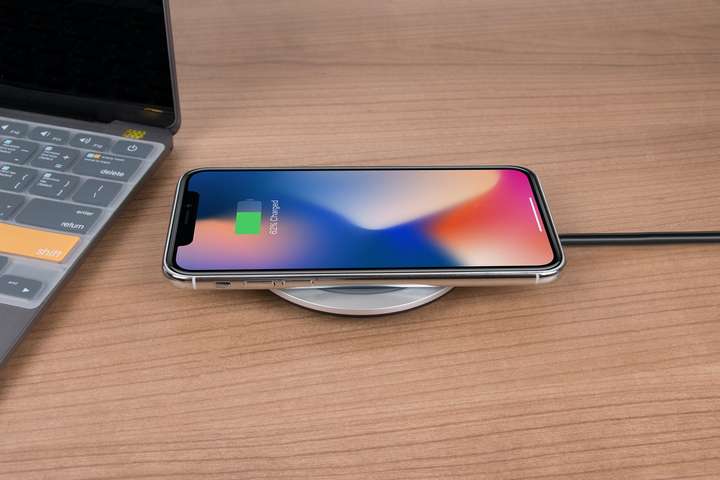Many smartphone manufacturing companies have introduced wireless charging technology for their devices in the last few years. Even though Apple may be one of the late starters in adopting this wireless technology it has recently gone all out with cutting-edge cordless tech. Despite the rumors that have been in circulation about the iPhone 12, we can rest assured that it will also include this innovative technology.

Wireless charging sounds like such an effortless convenience that everyone is quick to apply this tech in their lives.
However, the path to wireless charging is not always as smooth as that. It is not uncommon for users to set the device down to charge and return an hour later to a completely depleted battery. So, why does this happen and what can be done about it?
Is Something Wrong with Your iPhone?
The first thing to do will be to check that your device is in order and supports wireless charging. This is especially true if this is the first time you are trying to use this technology. Only the iPhone 8 and onward have the capacity for wireless tech. If you have an iPhone7 or any of the earlier editions, this is a no-go. But all devices from iPhone8 and onward will be equipped with this technology and will charge on any Qi-enabled chargers.
If your iPhone suddenly stops working on a wireless charger, try this:
1. Charge with another charger
The first step in locating a potential error will be to check if your iPhone works on another charger. If you don’t have another wireless charger available, you can use a USB cable. Of course, these two functions don’t work the same, but you will at least be able to ascertain if your device is functional or not.
2. Restart your iPhone
Whether or not there are other chargers in the area that you can use to charge your device, sometimes turning your device on and off is the best way to troubleshoot any issues that arise with the function of your phone. For example, if your phone freezes, this is often the best solution to get your device back on track.
3. Update your iPhone
If your phone is still not functioning after you have restarted it, you may try installing an update if one is available. Often these updates will set any errors in order and can be a quick fix for a small problem.
4. Reset your iPhone
If you have restarted your phone, installed any necessary updates, and it is still not functioning, it may be time to restore your phone to factory settings. This should be tried before you take the device back to the Apple store for service. Unfortunately, this will mean erasing everything that is on the device, but that is not always a bad thing. And it is always a good idea to backup your device in anticipation of such eventualities.
Before Resetting Check:
Is It Your Wireless Charger?
1. Check if your wireless charger is properly connected
Take a look at the charging wire to make sure that the contact points are properly aligned and making contact. Cables can loosen, or the socket can lose power and not come back on. Some charging devices indicate a proper connection with an LED light, without this, it can be difficult to catch these issues straight away.
2. Make sure your wireless charger is a quality product
Qi — pronounced “chee”— is the standard product for charging mobile devices as established by the Wireless Power Consortium in 2008. It has since become the universal standard option supported by most manufacturers including Apple.
The iPhone 8 and later models are compatible with Qi. This means they should have no problem functioning on Qi-enabled products. But they may also work on those that are not Qi-enabled as well. It is all a matter of quality.
3. Try repositioning your iPhone
The position of the phone can be controlled affecting the connection. Below the charging pad, there is an array of wireless PITAKACharging Coils. These coils transmit the charge within a few millimeters of the pad, if your device and these coils are not properly aligned, the connection will not be made. It all comes down to finding the right positioning and it can be a little frustrating at first.
Some of the better brands of charging pads are equipped with more coils and this allows your device to line up more easily. Magnetic charging pads are also a good idea as they automatically align the device with the coils for optimal charge transfer.
Is It Something Else?
1. Remove the phone case
Does wireless charging work with a case? If the case is made of especially thick materials or with a larger design, it may be affecting the connection between the charging coils and the pad. Metal segments in the case may also be affecting the flow of power. The magnetic elements of your phone should not affect the connection. Nevertheless, try removing the phone from the case and seeing if it works.
2. Wait for your iPhone to cool down
If the device is above a specific temperature, the connection may be affected. The issue is that the phone can get warmer as it is charging, either wirelessly or not. The device will get even warmer when charging wirelessly. This is because wired charging is more energy efficient. If the battery gets too warm, the protection mechanism will interrupt the charge.

